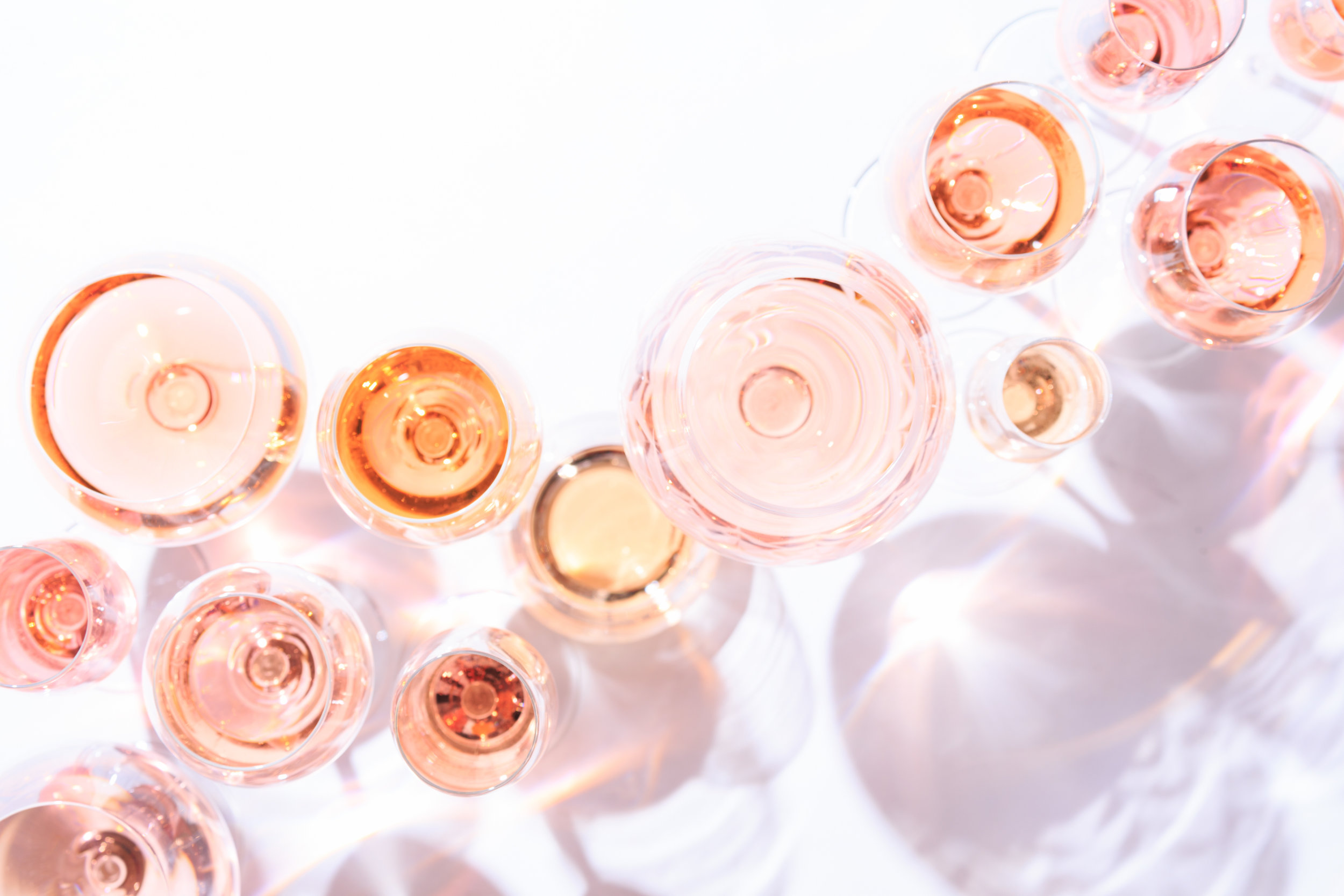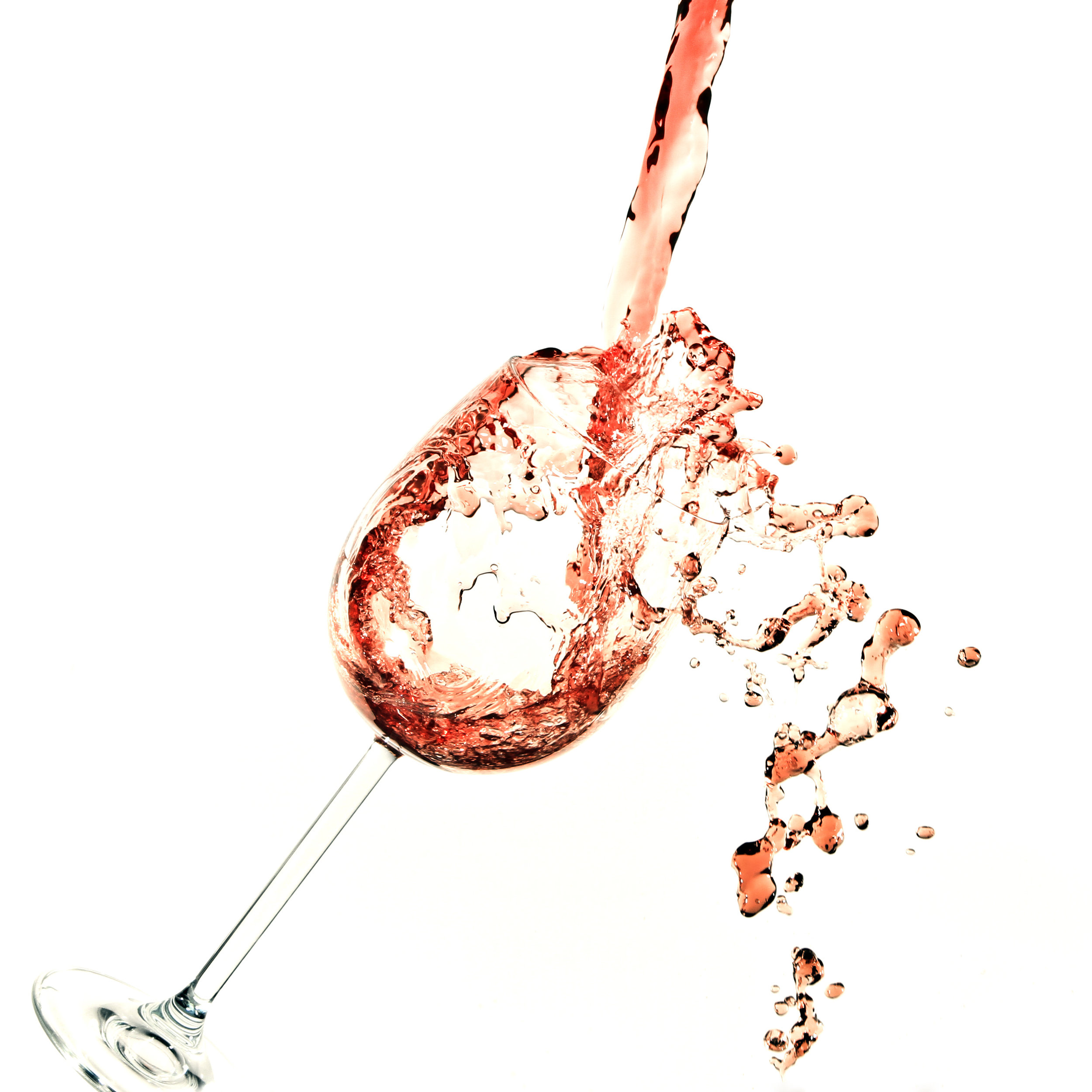How is “Entourage® A.O.C-CÔTES Provence" Rosé Made
Understanding the making of a true Rosé means understanding its vinification process. Rosé winemaking is more delicate and complicated than the making of Reds and Whites. Beyond the right vines, equipment, and knowledge, it takes lots of experience combined with tremendous passion. According to winemakers, it is a unanimous consensus that Rosé wines are the most difficult wines to create.
How Does Rosé Wine Become Naturally Pink?
Well, there are no such things as pink grapes. Well, actually, there are, but they are not the grapes used for rosé wines.
Entourage® Rosé, like all A.O.C Cotes de Provence rosé wines, are made from red grapes, and it is the natural pigment of the grape skins, along with the limited juice contact, that gives our wine its color and tannic structure. The color, flavor, and elegance of our rosé depend mostly on three attributes:
1. The type and quality of the grapes.
2. The temperature control throughout the winemaking process.
3. The timing that the nearly colorless grape juice has to remain in contact with the pigmented skins and seeds.
We establish our unique color and character in part from the brief period during which the skin is in contact with the juice. Beyond the passion, making our wine is also scientific, and thankfully to research, the tools validation steps, and equipment available have evolved significantly in recent years. Due to that research, today's techniques, though rooted in tradition, are not only becoming more sophisticated, they also ensure better reliability.



